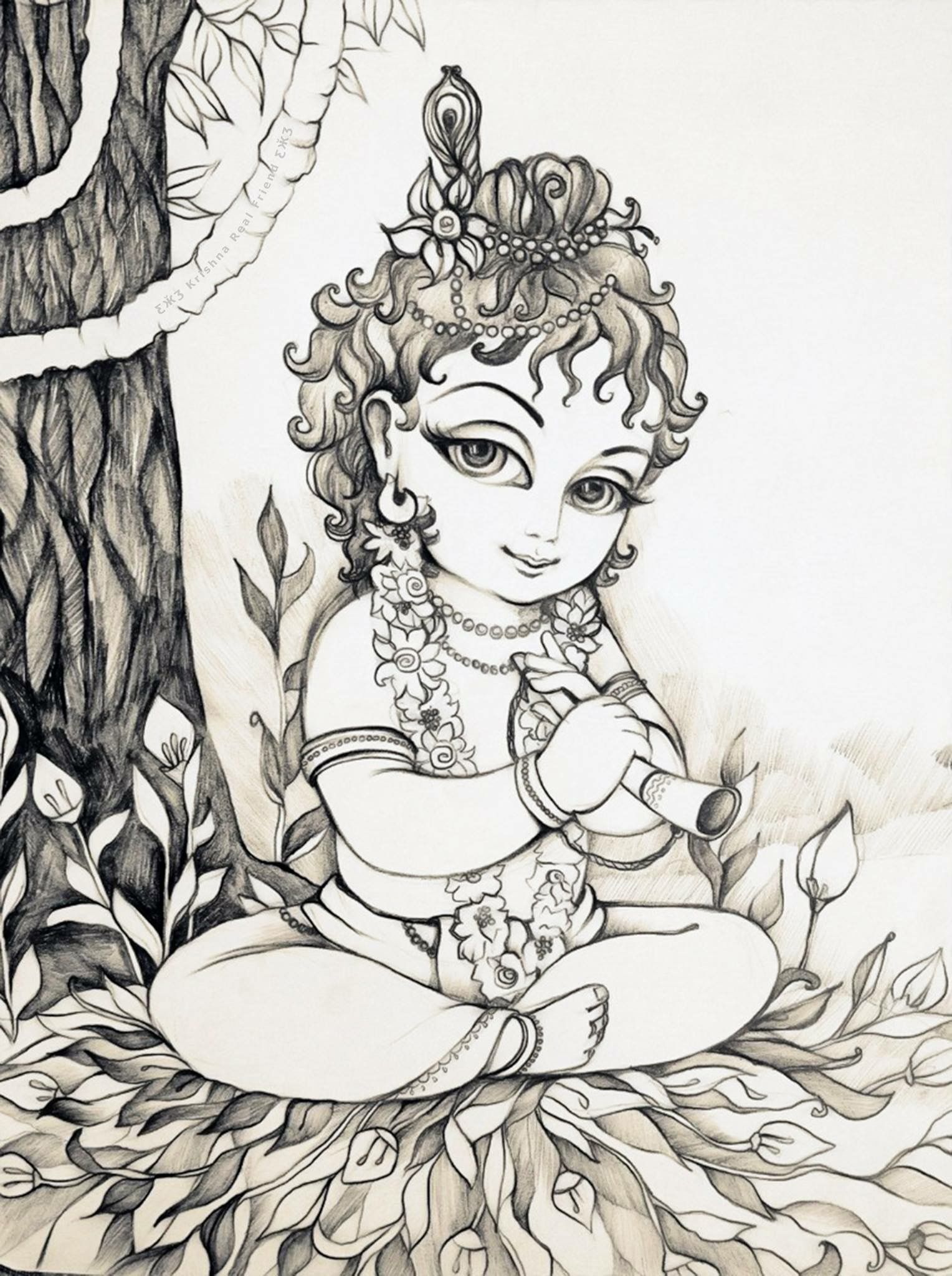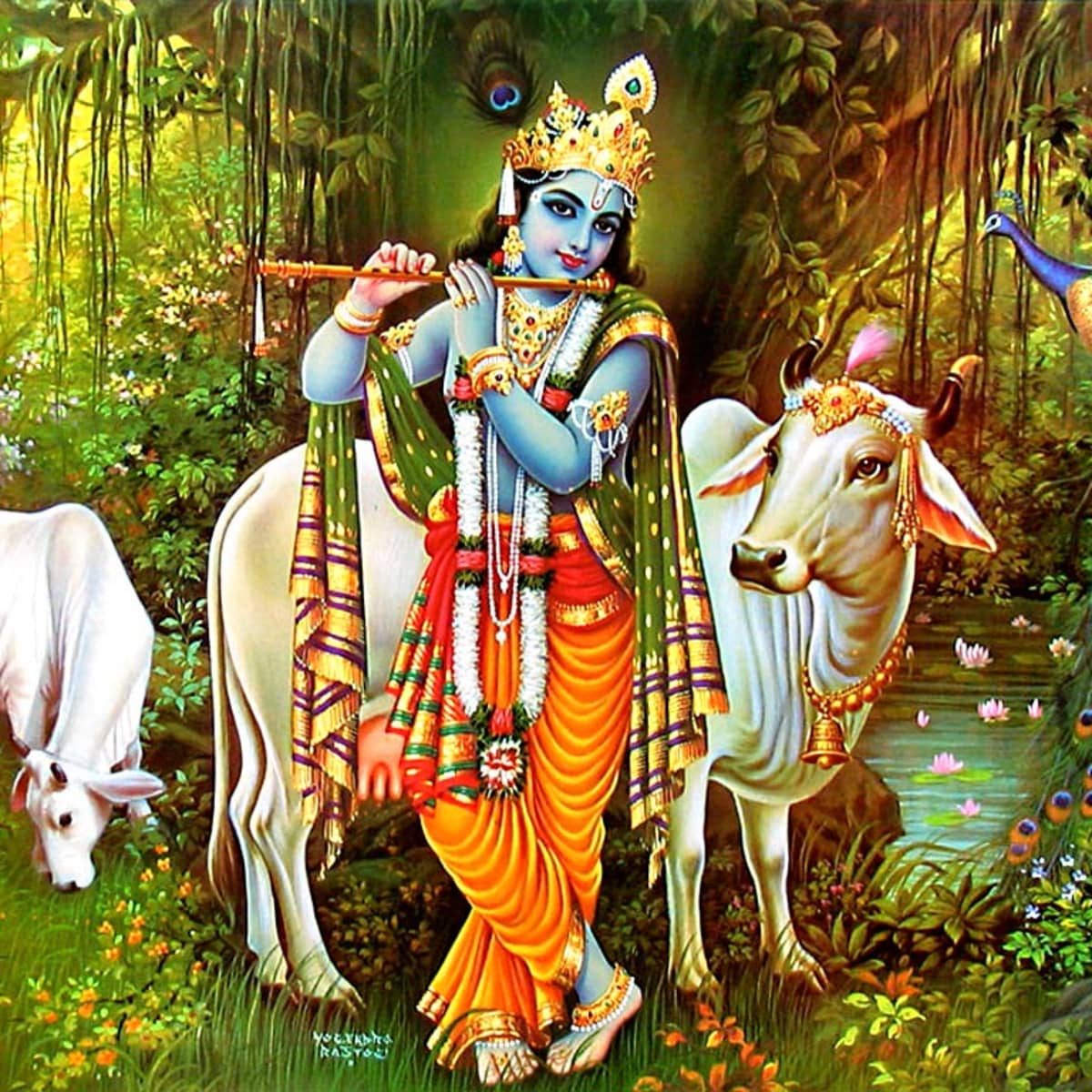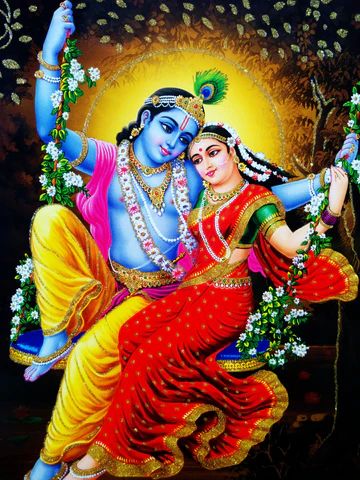Divine Expressions: Capturing Radha Krishna in Art
Welcome to the enchanting world of Radha Krishna drawing. The divine love between Radha and Krishna has inspired artists for centuries, leading to the creation of exquisite artworks that capture the essence of their eternal bond. Through intricate brushstrokes and vibrant colors, artists seek to convey the deep emotions and spiritual connection shared by these divine beings. In each stroke of the pencil and every blend of hues, Radha and Krishna come to life on the canvas, evoking a sense of peace, love, and transcendence.
Historical Significance
The depiction of Radha Krishna in art has a rich history that dates back centuries. This divine love story between Radha and Krishna is a central theme in Hindu mythology and has inspired countless artists over the ages. Through intricate drawings and paintings, artists have sought to capture the essence of their eternal love and devotion.
The tradition of portraying Radha and Krishna in art can be traced to ancient texts and scriptures, where their divine relationship is celebrated through poetry and songs. Artists have drawn inspiration from these literary works to create visually stunning renditions that evoke the spiritual connection between the divine couple.
Throughout the ages, Radha Krishna drawings have served as a form of worship and devotion for followers of Hinduism. These visual representations not only showcase the artistic talents of the creators but also serve as a means of connecting with the divine energy of Radha and Krishna. Artists use various techniques and styles to convey the deep emotions and spirituality associated with this timeless love story.

Symbolism in Radha Krishna Art

In Radha Krishna drawings, specific elements hold deep symbolic significance. Radha is often depicted wearing garments in hues of pink, representing love and compassion. Similarly, Krishna's blue attire symbolizes his infinite nature and the vastness of the sky. learn more enhance the visual appeal of the artwork but also convey profound messages about the divine love shared between Radha and Krishna.
The peacock feather in Krishna's crown is a prominent symbol denoting beauty and elegance. It is a reminder of Krishna's captivating charm and his connection to nature. Furthermore, https://www.krishnadrawing.in/category/radha-krishna-drawing symbolizes purity and spirituality. krishnadrawing add layers of meaning to Radha Krishna art, inviting viewers to explore the deeper spiritual dimensions of the divine couple's relationship.

In Radha Krishna drawings, the playing of the flute by Krishna is a powerful symbol of divine music that resonates with the soul. The melody produced by the flute symbolizes the call of the divine, drawing devotees closer to the transcendental realm. This element highlights the importance of music and sound in spiritual awakening, emphasizing the harmonious union of Radha and Krishna in art as a vehicle for spiritual elevation.
Modern Interpretations
Several contemporary artists have taken inspiration from the timeless love story of Radha Krishna and created stunning drawings that reflect a fusion of traditional themes with modern artistic techniques. Through Krishna Drawing , intricate patterns, and innovative compositions, these artists bring a fresh perspective to depicting the divine couple.
One common approach among modern interpretations of Radha Krishna drawings is the use of abstract forms and symbolism to convey the essence of their eternal love and spiritual connection. By eschewing literal representations and instead focusing on metaphoric imagery, artists infuse their artwork with layers of meaning that invite viewers to delve deeper into the symbolism.
Additionally, some artists experiment with unconventional mediums and mixed-media techniques to capture the ethereal and mystical nature of Radha Krishna's relationship. These eclectic interpretations play with textures, shapes, and materials to evoke a sense of transcendence and evoke emotions that resonate with contemporary audiences.